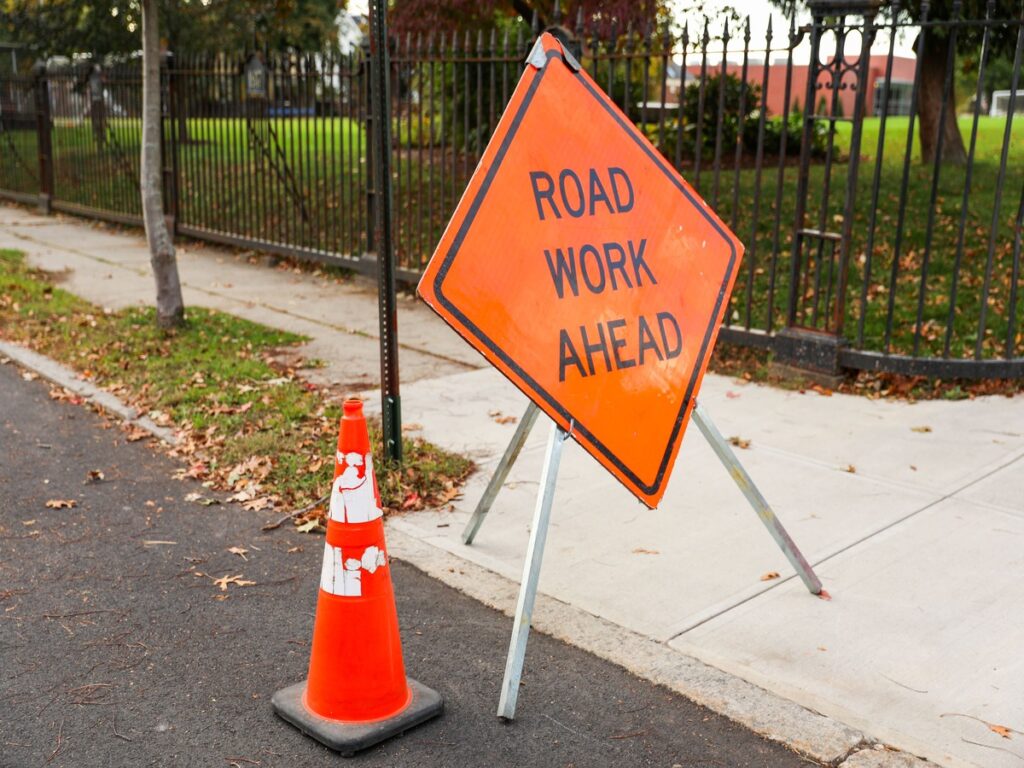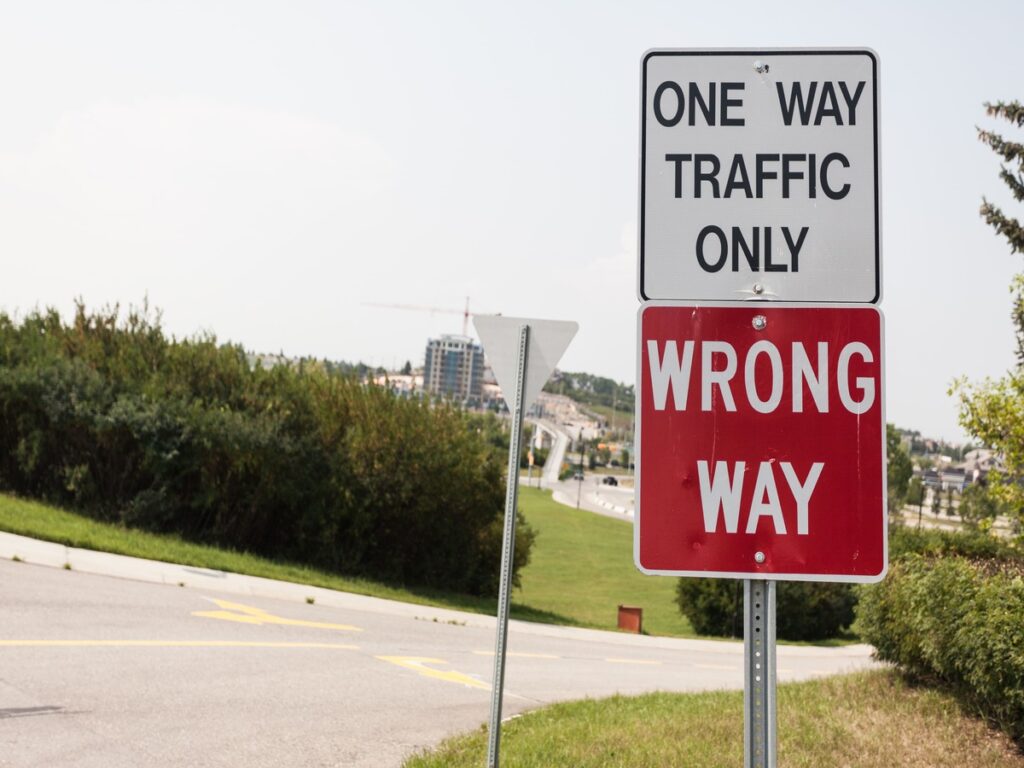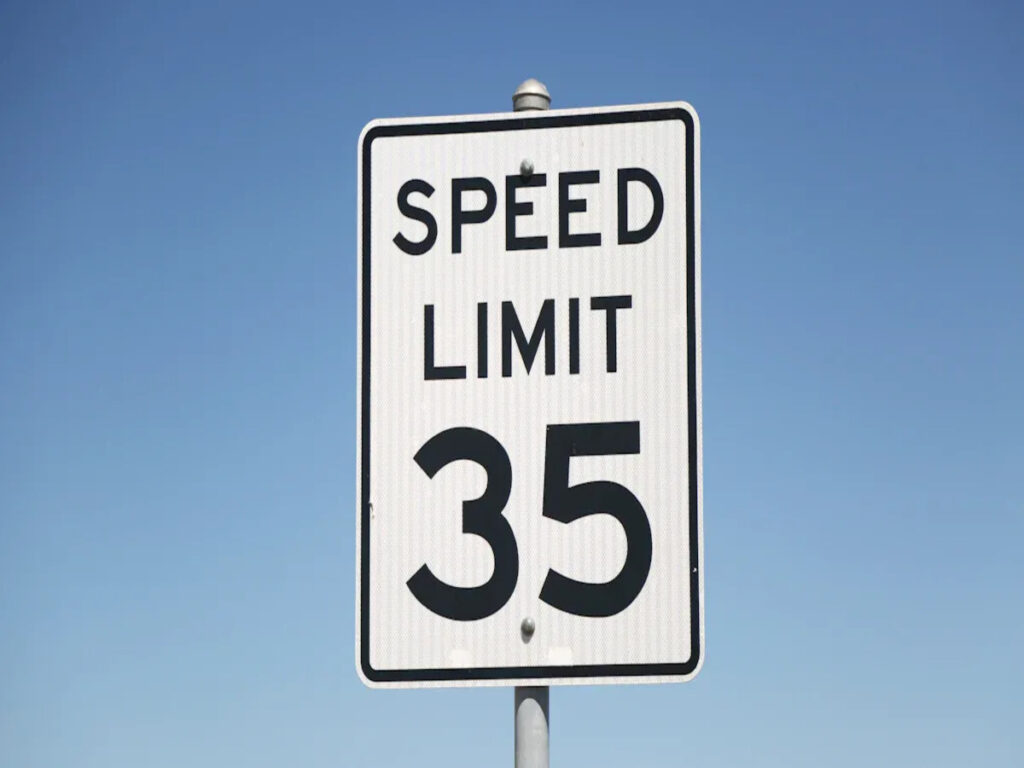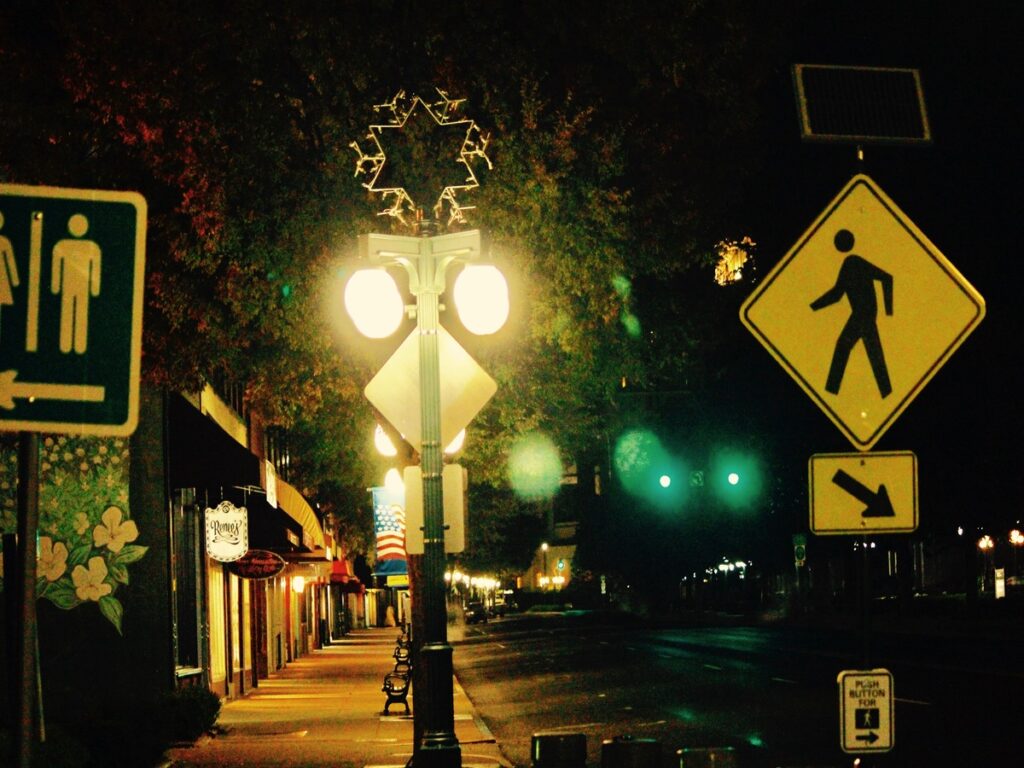
Railway station borders have special risks, such as vehicles intruding. You may wonder how this impacts passenger safety and station operations. Ensuring these areas are secure prevents accidents and disruptions. Safety bollard posts and barriers play a crucial role in protecting individuals and stations. A strategically placed safety bollard post can effectively block vehicles from pedestrian areas or tracks. These measures save lives and help maintain smooth train operations.
OPTRAFFIC provides high-strength safety bollard posts and barriers that combine impact resistance, visibility, and durable design. These solutions help protect passengers and infrastructure by preventing unauthorized vehicle access and reducing the risk of accidents in high-traffic public areas.
Key Takeaways
- Bollards and barriers help stop cars from entering train stations. They keep passengers safe.
- Fixed and movable bollards are useful for blocking or allowing access. They also protect walking areas.
- Smart bollards with sensors watch for unapproved cars and warn security teams.
- Train operators and local governments work together to improve safety and city planning.
- Using new safety tools saves lives, keeps trains running smoothly, and lowers accident costs.
Safety Challenges at Railway Station Perimeters
Risks of vehicle intrusion and its consequences
Cars entering restricted areas can be dangerous for stations. They may cause accidents, delays, or harm people. You might not know how often this happens. For example:
- Taiwan has over 200 million train passengers yearly. Out of 63 big transportation accidents, 50 involve trains.
- In Japan, trams crash often at crossings and busy intersections. These spots are especially risky.
Such accidents can lead to deaths, injuries, and broken station parts. Adding bollards at key spots can stop cars from entering tracks or walkways. This lowers the chance of accidents.
Vulnerabilities at level crossings and urban intersections
Crossings and intersections are accident-prone areas. These places get crowded, especially during rush hours. Between 2019 and 2022, Japan had over 1.1 million traffic cases. Out of these, 304 involved trams. Crashes at crossings often hurt or kill pedestrians and bikers.
Strong safety tools are needed here. Bollards and barriers can block cars from going where they shouldn’t. Protecting these areas keeps people safe and trains running smoothly.
The impact of accidents on public safety and operations
Railway accidents affect many people and services. In 2023, train-related deaths rose by 10%, reaching 995. Nonfatal injuries totaled 6,705. A quarter of deaths happened at rail crossings. Most injuries and deaths involve trespassers or crossing users.
These accidents delay trains, upset passengers, and stress emergency teams. Bollards and barriers can lower these risks. They keep passengers and workers safe. These tools also reduce costs and problems caused by accidents.
Types of Safety Bollard Posts and Anti-Intrusion Barriers

Fixed bollards for permanent protection
Fixed bollards are strong barriers that stay in one place. They stop cars from entering areas they shouldn’t, like station entrances. These bollards are tough and don’t need much fixing over time.
More cities and safety concerns mean more fixed bollards are needed.
- From 2024 to 2032, their market will grow by 5.8% yearly.
- In 2023, the market was worth $1.3 billion. By 2032, it may reach $2.1 billion.
Fixed bollards are also used at malls and government buildings. They can handle heavy hits, making them very reliable. For example:
| Bollard System | Weight Capacity (lbs) | Speed (mph) | Protection Level |
|---|---|---|---|
| Truckstopper 3 | 16,534 | 30 | Moderate Plus |
| Truckstopper 10-30 | 15,873 | 30 | Moderate |
| K12 Bollard | 15,000 | 50 | High (K12 rating) |
This table shows how fixed bollards protect stations well.
Retractable bollards for flexible access control
Retractable bollards can go up or down when needed. They are great for places like drop-off zones or emergency paths. These bollards let certain cars pass but keep others out.
In crowded cities, retractable bollards save space and look nice. They fit in well with the station’s design. Their ability to adjust makes them perfect for areas with changing traffic.
Anti-ram barriers for high-impact resistance
Anti-ram barriers are built to stop fast-moving vehicles. They use special materials to absorb energy during crashes. For example:
| Specification | Detail |
|---|---|
| Crash Test Rating | M50-P1 (15,000-pound vehicle traveling 50 mph with less than 1 meter penetration) |
| Construction Material | Heavy-duty structural steel with patented ‘Smart Steel’ energy-absorbing technology |
| Impact Strength | Crash-test certified for head-on impact from a vehicle perpendicular to the fence |
These barriers are strong but also protect nearby areas from damage. Adding more steel makes them even tougher and less likely to bend.
Anti-ram barriers are key to keeping passengers and stations safe. They stop fast cars and prevent serious accidents.
Technological Advancements in Barrier Systems
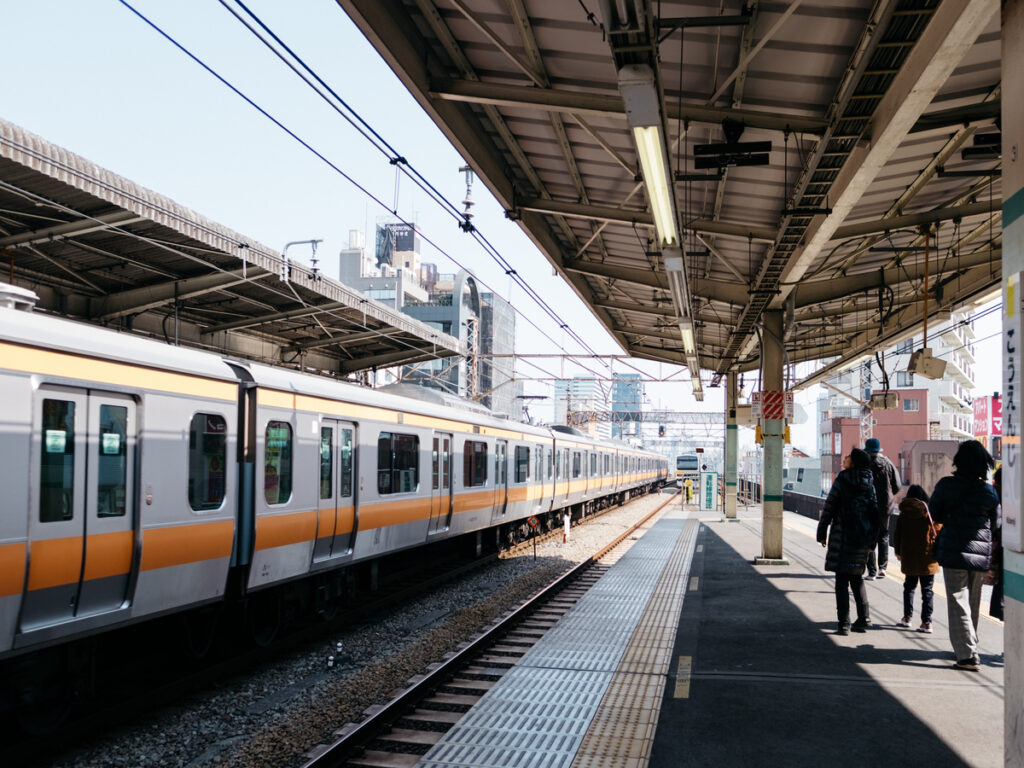
Smart bollards with built-in sensors
Smart bollards with sensors make stations safer and easier to manage. These traffic safety bollards watch for changes and react quickly to keep areas secure. Sensors can spot vehicles that shouldn’t be there and send alerts or lock down access. This helps control traffic and improve safety.
Here are some examples of sensor use:
| Example Location | Features | Benefits |
|---|---|---|
| Port of Rotterdam | Tracks mooring line stress | Better safety with constant stress checks |
| Singapore | Smart transport system integration | Safer walking areas and less traffic jams |
| UK (London) | Strong crash resistance | Stops unauthorized vehicles from entering |
These examples show how smart bollards make stations safer and work better. Using sensors keeps station borders secure and ready for changes.
Materials that absorb energy for better safety
Energy-absorbing materials are important for modern barriers. These materials soak up crash energy, lowering the impact on nearby structures. Tests show barriers with these materials make areas much safer. They protect buildings and reduce damage during crashes.
For instance, special cladding and impact barriers bend under pressure. This lowers the force passed to other structures. These materials improve safety and keep stations running smoothly. Adding them to bollards makes them stronger against hard hits.
Working with cameras and crowd control systems
New barriers now work with cameras and crowd control tools. Bollards with cameras and sensors give live updates on people and cars nearby. This helps security teams act fast when there’s a problem.
For example, systems can spot strange actions, like cars near restricted zones, and warn guards right away. They also help guide crowds during busy times, keeping everyone safe. Combining barriers with smart monitoring creates a full safety plan for stations.
Real-World Examples and Lessons Learned
The Keikyu Kawasaki crash and what it taught us
In 2019, a truck hit a train at Keikyu Kawasaki. This happened when the truck entered a level crossing. The crash caused deaths and major train delays. It showed how risky station areas near busy roads can be. Accidents like this hurt passengers and mess up train schedules. Emergency services also face big challenges during such events.
After this tragedy, Japan reviewed its railway safety rules. Stronger barriers were added to stop vehicles from entering restricted zones. This accident reminds us why station safety is so important for everyone.
Safety improvements after the accident in Japan
Japan made many safety changes after the Keikyu Kawasaki crash. Stronger barriers and bollards were placed at risky spots. These bollards stop cars from entering tracks or walking areas. You’ll now see more guardrails and warning signs at stations. These help people stay alert and avoid danger.
Vehicle routes near stations were also redesigned. Intersections close to train crossings were changed to limit car access. These updates have made accidents less likely and stations much safer.
Teamwork between railway operators and local governments
Railway operators and local governments teamed up to improve safety. They worked together to find dangerous spots and fix them. Joint inspections and safety checks were done to meet new rules.
Local governments changed city layouts to add safety features. They adjusted traffic flow and added barriers to protect stations. Railway operators installed smart bollards and cameras to boost security. This teamwork has made stations safer for everyone.
Urban Design and Future Innovations
Solving space issues in crowded cities
Urban train stations often have little room to work with. In busy cities, planners must design safe areas without blocking people. Studies show how land near stations changes over time. These studies help planners see how stations affect city growth.
Compact barriers are useful for saving space. Slim or retractable bollards fit well in tight areas. Some stations share space for walkers and cars, using signs and barriers to guide movement. This keeps safety a top priority, even in small spaces.
Matching safety with station design
Safety tools should look good with the station’s style. Modern bollards and barriers match the station’s design. They use materials like steel or stone to blend in. Some even have lights for better looks and safety.
In Tokyo, some bollards show traditional Japanese designs. This keeps the area’s culture alive and makes stations welcoming. Adding safety features that match the station’s look combines beauty with function.
Learning from other countries
Japan learns safety ideas from places like London and New York. London uses barriers that absorb crash energy to lower damage. New York’s Grand Central Terminal has smart bollards with sensors to watch cars.
These ideas show how mixing technology with planning improves safety. Japan can use these methods to stay safe and keep its trains efficient and modern.
Cars entering railway stations can be very dangerous, especially in cities. Bollards and anti-intrusion barriers help keep people and stations safe. They stop accidents and make sure trains run without problems.
🚨 Key Takeaway: Safety begins outside the station. Using better barriers and smart tools improves security and protects lives.
Japan’s focus on safety sets an example for the world. By using new ideas, we can build safer and better railways for all.
FAQ
What are safety bollards, and why are they important for railway safety?
Bollards are strong posts that stop cars from entering certain areas. They keep passengers safe and protect station property. You’ll see them at station entrances, crossings, and walkways to prevent accidents and keep things running smoothly.
How do retractable bollards work?
Retractable bollards can move up or down when needed. They are controlled by hand or with machines. These bollards let approved vehicles pass but block others. They are great for emergency paths and places with changing traffic.
Can bollards withstand high-speed vehicle impacts?
Yes, some bollards are made to stop fast-moving cars. They use special materials to absorb crash energy. For example, M50-rated bollards can stop a 15,000-pound truck going 50 mph with little damage nearby.
Are bollards suitable for crowded urban stations?
Yes, they work well in busy city stations. Small and retractable bollards fit into tight spaces easily. Designers often make them match the station’s look, keeping people safe without blocking foot traffic.
How do smart bollards improve station security?
Smart bollards have sensors to spot cars that shouldn’t be there. They send warnings and work with cameras to watch the area. These bollards help manage crowds and keep station borders safe and organized.

